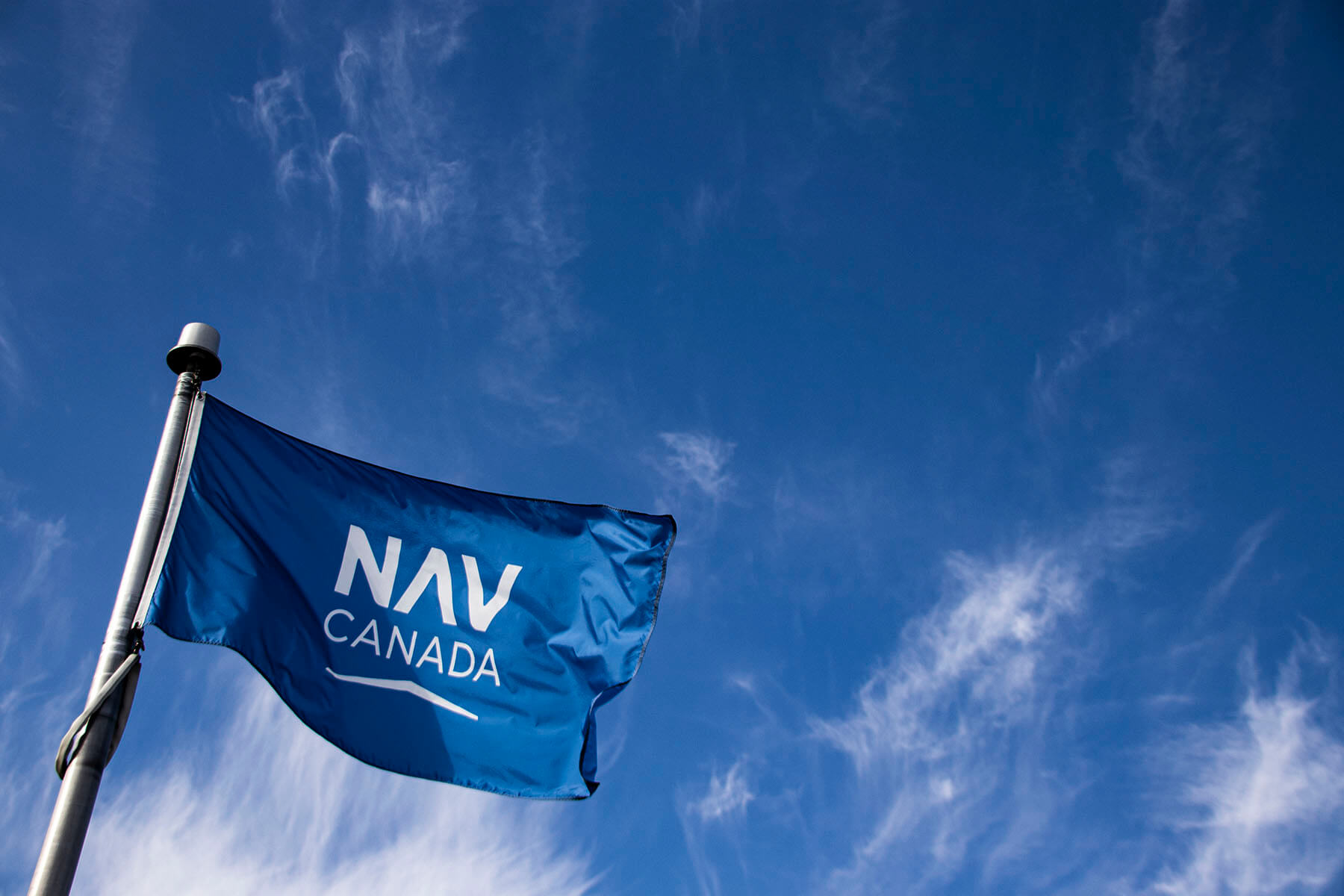Now is a critical time for transit agencies to reimagine the service they provide.
The infusion of $66 billion in new funding for rail is realdy fast-tracking the recovery of rail and transit services hard hit by the pandemic. In addition to rebuilding ageing infrastructure, it’s anticipated the funding will lead to the creation of new routes – which is expected to attract an additional 20 million passengers annually.
While it’s good news for rail and transit operators, efficient and impactful investment in services is a challenge because of today’s dynamic state of transit ridership – how should agencies balance the supply of services and the demand of passengers as operations scale? The only way to do this effectively is to be guided by the data.
Harnessing mobility data is the key to sustained growth
Obtaining insights from mobility data is widely accepted by operators as the key to adjusting to evolving rider usage patterns and making the right decisions for their transport network and passengers.
The trouble is, there’s so much of it. It’s hard to know the best way to harness all that data and benefit from its potential. Today, a myriad of ever-growing mobility data sources exist: internal to public transit operators, data being created by mobility disruptors, and third parties exploring a business model of reselling mobile phone location data, among others.
The question is, which datasets are the best ones to use? And how can they be creatively combined to provide the insights needed to make fast service and operational decisions to flex to changing conditions – without spending inordinate amounts of time or money?
Joining the pockets of data innovation
Unfortunately, not all data innovations are readily utilized or available to the industry – and that needs to change.
Transport Network Companies (TNCs) gather massive amounts of data to balance pricing and optimize revenues, but unfortunately, they’re loath to share it with transit agencies, who frequently have no quick mechanism to force TNC’s to provide the data.
A crop of third-party private companies are buying cellphone location data and using it to stitch together trip data for the benefit of transit agencies. However, transit agencies are often at a loss when it comes to what to do with the data, and the sellers struggle to wrap solutions around the data for meaningful use cases.
Start-up Lacuna Technologies has created the data standard Mobility Data Specification (MDS) for micro-mobility (i.e. scooters and bike-share) to record information on individual trips in near-real-time. And yet, transit operators generally do not harness this data to sense where latent demand for service might be.
Meanwhile, some potentially powerful data sources are underutilized because of operational silos. Closed-circuit television (CCTV) feeds, ubiquitous for passengers and staff safety purposes, may only be used to give summary “stoplight” occupancy data – red for crowded conditions, green when less so – when planning or customer experience groups have access to the data. Several camera vendors and video analytics providers have begun dabbling in public transportation, but because transit is such a small part of their business, innovation in the transit space isn’t a priority for them.
Internally, public transit providers have been working towards creating more transparent, open-source datasets, enabling anyone to create their own apps and analyses for the benefit of riders. For city-based public transit operators that run fixed routes with large fleets of busses and trains, General Transit Feed Specification (GTFS) is the de facto standard for describing the schedules, the movement of assets, trip planning and accessibility approach.
While Mobile Apps Moovit and Transit have done the most with the data to provide riders with accurate and actionable information, there is no established mechanism to scale the vast majority of handcrafted projects into more streamlined and standardized forms of data analysis and application.
Beyond large cities, however, access to these data sets simply may not exist. For the thousands of smaller agencies servicing towns and counties across the U.S, a lack of staff or budget to create vital datasets can make service innovation and interagency coordination difficult.
It’s time for a collaborative approach
The best way forward for the industry as a whole is to engage with other partners who are likely to benefit from the same mobility data. For example, public safety, transportation, economic development and land-use planning all have a common goal to create communities of benefit through integrated mobility planning.
A shared understanding of how people move through the system is a campfire that different agencies of all sizes can gather around to create a better future for citizens. Each agency has its own role, and identifying the common, critical mobility questions each has is the first step to defining and building the data assets needed for collaboration.
It’s time for transit agencies to take a leadership role in bringing fellow agencies to the table to understand the business and mission value of greater mobility insight – for smoother, safer journeys, and greater economic prosperity – as we navigate our post-pandemic future together.


